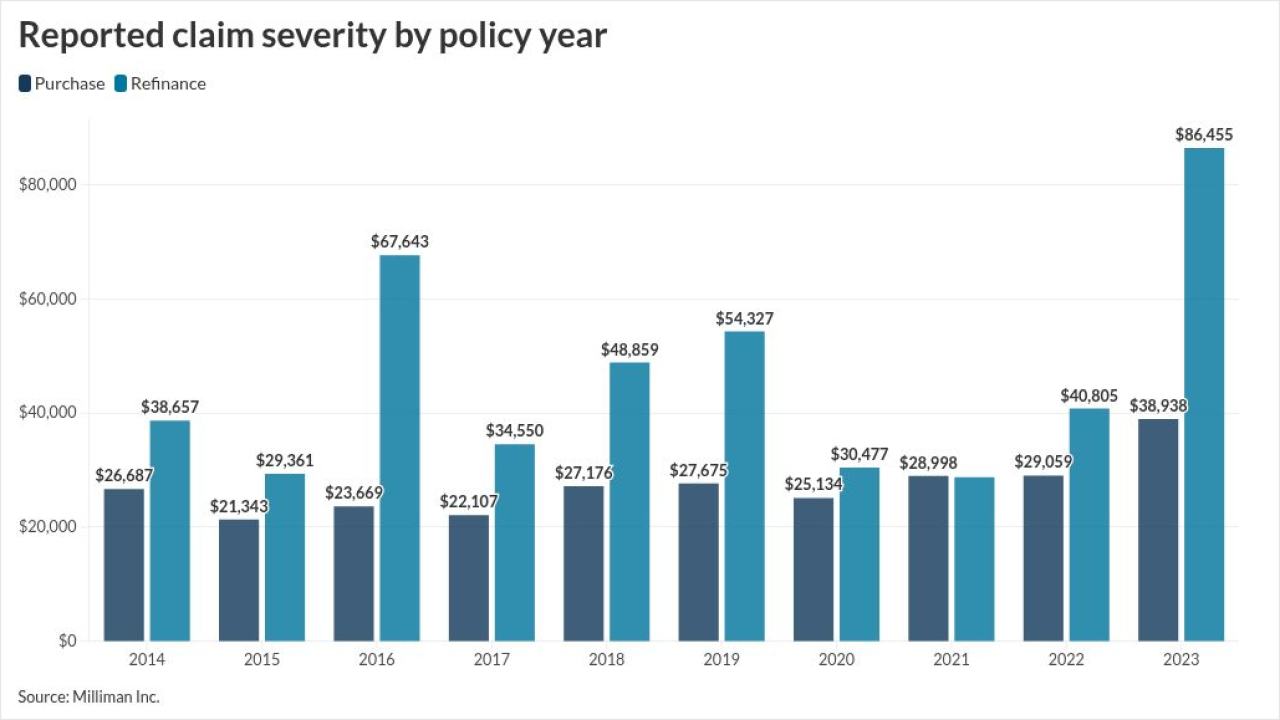Like some of its peers, Allstate has seen itself as a big data company for a while, according to chief data officer Floyd Yager. But the impetus to do more with the data it had collected over the years has never been greater.
“Allstate has always had very good data, but it does exactly what it was designed to do: make us transactionally efficient on a product basis,” Yager says. “Now it’s about, How do I take that operationally efficient data and turn it into a customer/household view and understand all the products attached to a person?’”
Allstate has focused heavily on master data management and data governance over Yager’s tenure, creating party and household IDs for data. The company is also building a team to work across business areas on analytics projects rather than siloing big data projects within certain units.
“A lot of what we talk about is having our data more integrated so it can be shared across departments,” Yager says. “Something meant for a single purpose often leads to other insights. We know, for example based on some call-volume analysis in our call center, how often customers defect.”
Leading the data organization requires Yager to envision future opportunities, and work with his counterparts in IT and beyond to find the right way to leverage data that in the past had never been accessible.
“The sheer amount of data under management continues to increase every year,” he says. “We have an application in claims, QuickFoto, where a policyholder that isn’t in a major accident can snap a picture of the damage and send it to us. But whereas in the past, that would’ve gone into a physical folder and then a filing cabinet, now I have all those pictures of cars in a database, and there’s a lot more that I can do.”
That’s really the Holy Grail for big insurers like Allstate, Yager says. After all, they’ve always been collecting a large amount of data but now, with the right strategy, more insights can be unlocked, making life easier for associates across the value chain.
“We want it to be well-governed, high-quality, so we can make better insights about our customers,” he says. “We want to use it to better understand who that person is, understand their risk profile, and position our agents to be trusted advisors in helping them meet their insurance needs.”





